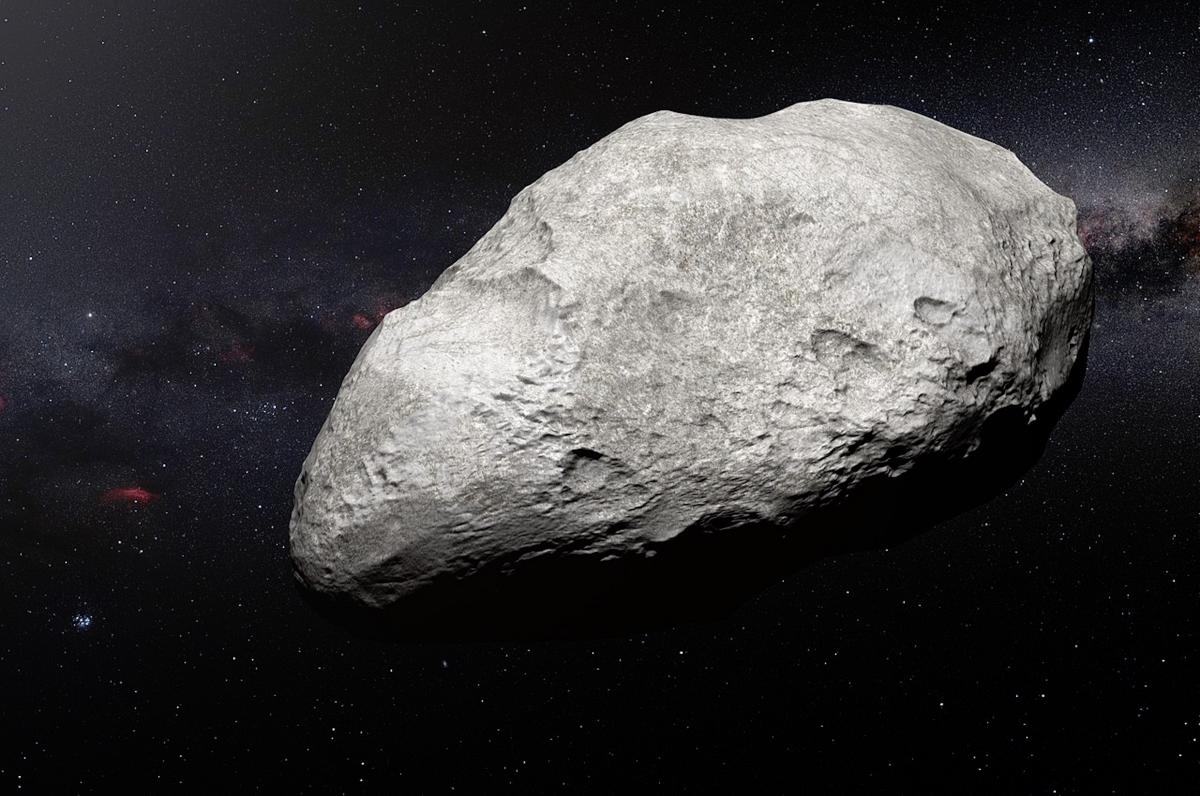Y: You should really clean your desk, Don—look at all that dust covering it.
D: What’s wrong with dust, Yaël? Dust never harmed anyone.
Y: Except for when it possibly caused an ice age 466 million years ago.
D: Dust did that?
Y: That’s one hypothesis put forward by scientists. 466 million years ago, there was an ice age that even made the seas at the poles freeze over. Around the same time, there was a huge asteroid collision in outer space: a 93-mile wide asteroid between Mars and Jupiter broke apart and scientists think that dust from the collision eventually made its way to Earth. Dust from outer space is nothing new for our planet, but it usually sees about 40,000 tons of extraterrestrial material every year. This time, scientists think it was 1,000 or even 10,000 times that amount. All that dust fell to Earth over a 2-million-year period, and probably had a huge impact on Earth’s climate. Luckily, the long timespan gave our planet enough time to adapt and eventually recover.
D: How did we find out about all that dust that got here so long ago? It’s not just lying around on the Earth’s surface anymore.
Y: Researchers looked at 466 million-year-old rocks and analyzed them for material that came from outer space.
D: And they found it?
Y: They did, confirming that the ancient ice age and an increase of space dust in the Earth’s atmosphere happened at around the same time. That makes it reasonable to guess that the dust could have caused the ice age.
D: Maybe I should be more careful about dusting my desk.










